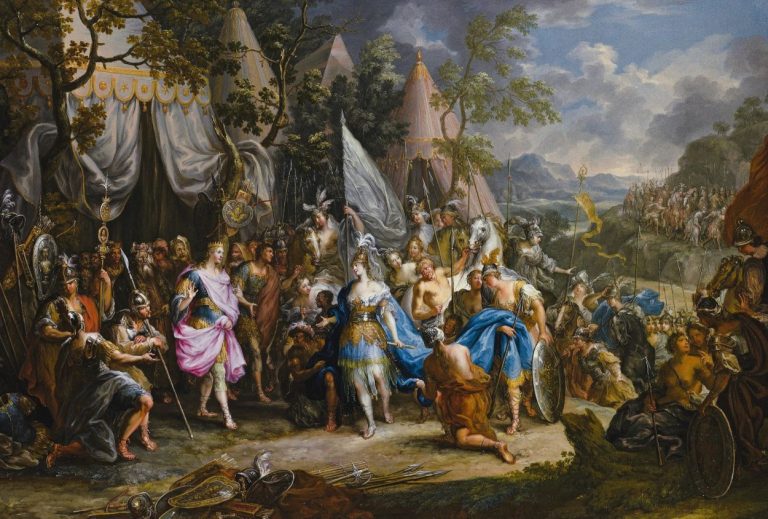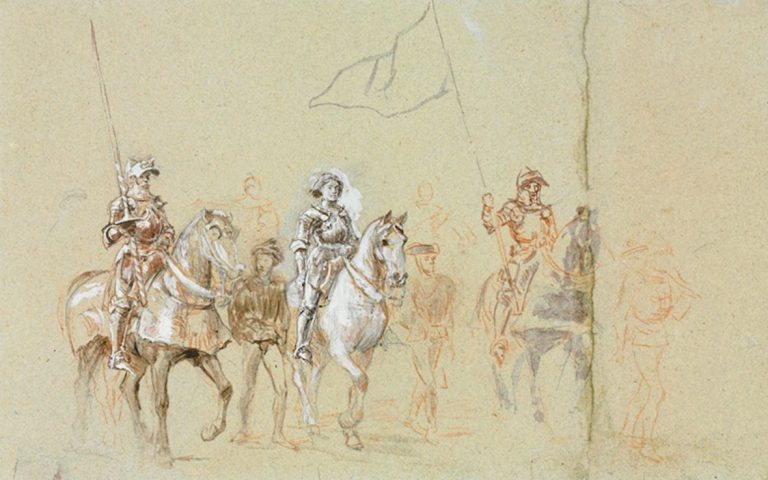

The pseudo-historical attempt to attach conservatism to the civil rights movement is just silly.

By Jonathan Chait
Political Columnist
New York Magazine
The civil rights movement, once a controversial left-wing fringe, has grown deeply embedded into the fabric of our national story. This is a salutary development, but a problematic one for conservatives, who are the direct political descendants of (and, in the case of some of the older members of the movement, the exact same people as) the strident opponents of the civil rights movement. It has thus become necessary for conservatives to craft an alternative story, one that absolves their own ideology of any guilt. The right has dutifully set itself to its task, circulating its convoluted version of history, honing it to the point where it can be repeated by any defensive College Republican in his dorm room. Kevin Williamson’s cover story in National Review is the latest version of what is rapidly congealing into conservatism’s revisionist dogma.
The mainstream, and correct, history of the politics of civil rights is as follows. Southern white supremacy operated out of the Democratic Party beginning in the nineteenth century, but the party began attracting northern liberals, including African-Americans, into an ideologically cumbersome coalition. Over time the liberals prevailed, forcing the Democratic Party to support civil rights, and driving conservative (and especially southern) whites out, where they realigned with the Republican Party.
Williamson crafts a tale in which the Republican Party is and always has been the greatest friend the civil rights cause ever had. The Republican takeover of the white South had absolutely nothing to do with civil rights, the revisionist case proclaims, except insofar as white Southerners supported Republicans because they were more pro-civil rights.
One factoid undergirding this bizarre interpretation is that the partisan realignment obviously took a long time to complete — Southerners still frequently voted Democratic into the seventies and eighties. This proves, according to Williamson, that a backlash against civil rights could not have driven southern whites out of the Democratic Party. “They say things move slower in the South — but not that slow,” he insists.
His story completely ignores the explicit revolt by conservative Southerners against the northern liberal civil rights wing, beginning with Strom Thurmond, who formed a third-party campaign in 1948 in protest against Harry Truman’s support for civil rights. Thurmond received 49 percent of the vote in Louisiana, 72 percent in South Carolina, 80 percent in Alabama, and 87 percent in Mississippi. He later, of course, switched to the Republican Party.
Thurmond’s candidacy is instructive. Democratic voting was deeply acculturated among southern whites as a result of the Civil War. When southern whites began to shake loose of it, they began at the presidential level, in protest against the civil rights leanings of the national wing. It took decades for the transformation to filter down, first to Congressional-level representation (Thurmond, who Williamson mentions only in his capacity as a loyal Democrat, finally switched to the GOP in 1964), and ultimately to local-level government. The most fervently white supremacist portions of the South were also the slowest to shed their Confederate-rooted one-party traditions. None of this slowness actually proves Williamson’s contention that the decline of the Democratic Party in the South was unrelated to race.
READ ENTIRE ARTICLE AT NEW YORK MAGAZINE


